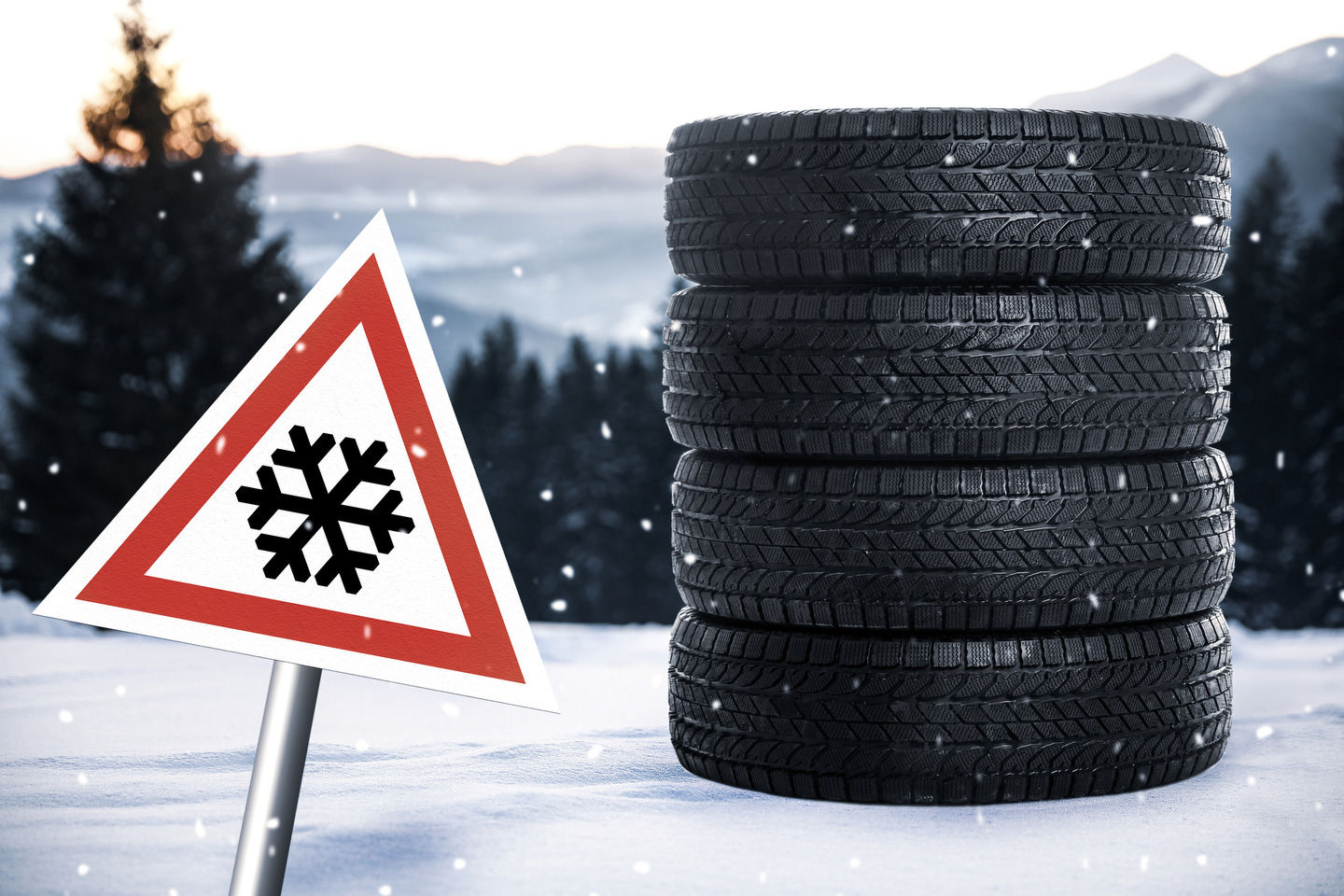Your Volkswagen has all of the features and technology needed to face difficult Ontario winters with confidence and ease, but if your winter tires are worn, you certainly won’t enjoy your time on the road this winter. If you are not sure how to tell if your winter tires are still in good condition, the following tips and advice should help. Our goal here is to give you the different ways that you can check or know if your Volkswagen’s winter tires are still in good condition. We are also available to help and if your tires are stored here, asked out team to check them out for you.
Other ways you can determine if you need new winter tires for your Volkswagen
Tread depth is the number one winter tire quality variable. Your winter tire’s tread is used to evacuate snow and keep you stable in slippery conditions. Your winter tires have to have a tread depth of at least 4 mm to be safe and effective. Anything below that and you are unfortunately compromising the stability and braking capacity of your VW in cold weather or slippery roads. That said, if your winter tires have a tread depth of less than 4.8 mm when the season begins, chances are your tires will go below 4 mm in tread before the end of winter and they should therefore be replaced early on.
It therefore all comes down to measuring the tread depth and you can do that in a variety of different ways. You can use a special tool, or you can even use a quarter by putting the nose of the caribou down into the groove. If you still see the nose of the caribou, chances are you should replace your winter tires. You can also check to see if the wear indicator is still visible on your tires.
Measuring the tread depth of your tires is certainly a very effective way to determine if they need to be replaced. That said, there are other ways. These include thinking back to the performance your winter tires offered towards the end of last winter, and also checking if you have owned your winter tires for more than three years and the mileage you have put on them.
The first is how your winter tires behaved last year. If you felt that you had difficulty getting up hills or getting out of snowbanks in February or March of last year, now might be a good time to replace your winter tires. You want to have the confidence of knowing that your winter tires are still in good condition and there is nothing like driving in winter with a set of new tires.
We would strongly recommend that if you've had your winter tires for three or four years, you have them replaced regardless. Even if your current set of winter tires still have a little bit of tread left, we are sure you'll be amazed by the effectiveness and performance of modern and new winter tire technology.
Give us a call today or book your appointment with our winter tire centre to learn more!








